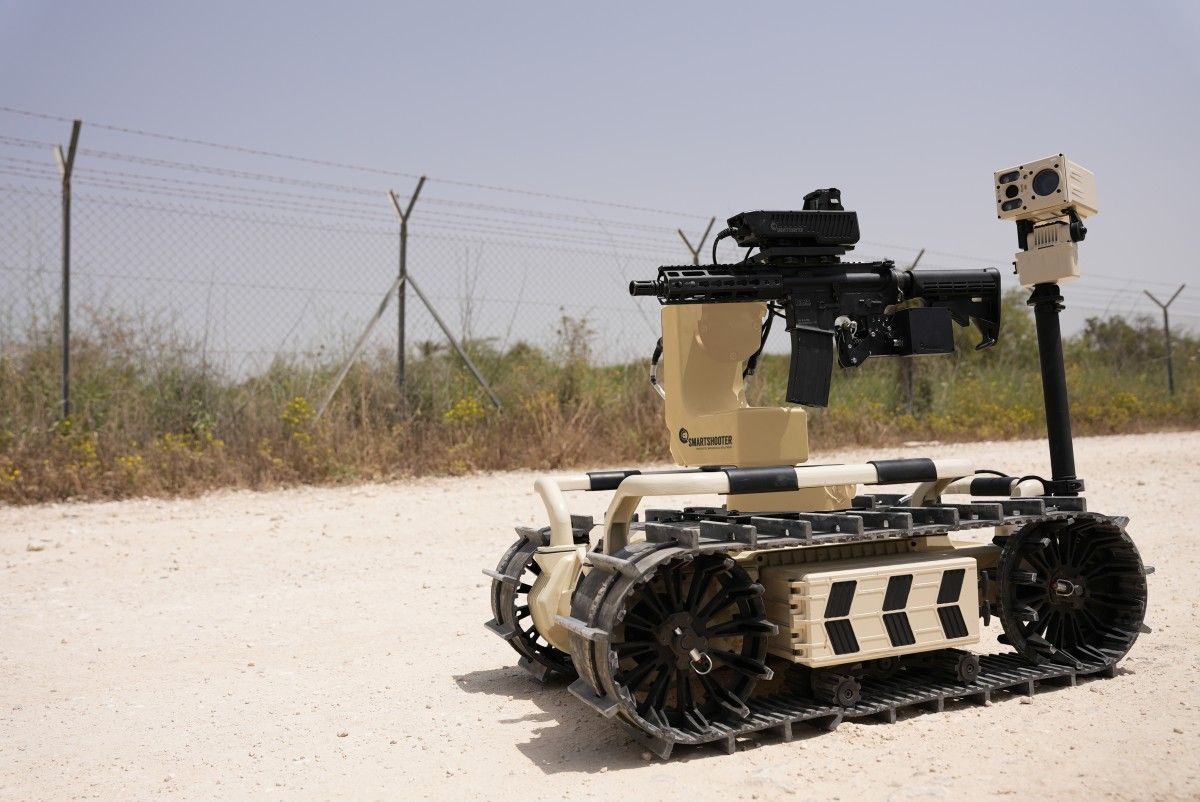Akrobacja allows the pilot to learn to control the aircraft in hard situations, with sharp angles of attack, overloads – says Captain Witold Sokół. Marcin Ogdowski talks about the upcoming Air Show in Radom with LAW lecturer and commentator on the love of MiG-29 fighters.
MiG-29.
You flew on many types of aircraft – which is your favorite?
I fell in love with MiG 29. I began flying it in 2000 erstwhile I was sent to Minsk Mazowiecki. On this device I made the biggest raid – over a 1000 hours.
It's an teacher level...
Yeah, I was an instructor. But I didn't like it, I preferred to fly alone, perfect my workshop. The superiors, of course, had a different opinion. (Laughter) I only asked them so that I could train students in acrobatics or on combat flights, or on a higher level, where I could show a small little patience.
She needs to be kicked for basic training...
Exactly. And my standards were high. I didn't want the student to deal with me, I wanted to deal with him.
Captain Dir. pil. Witold Sokół.
Today, you are a lecturer at the Air Force Academy and have contact mainly with beginners.
It's a trick of fate. But the lecture area is not a cabin, here I can emergence to the heights of patience.
Let's go back to MiG – what did you love this device for?
First of all, for maneuvering.
What about beauty? It's said to be the most beautiful fighter plane in the world...
Beauty cannot be denied, it is simply a fact. The Russians did their best, perfected aerodynamics, though it could be better. Besides, it was improved in subsequent versions. But even our MiGs have large proportions. And they are perfectly suited for sky-high “flips”.
And Su-22? You flew them too.
About 300 hours. I liked that plane, although it was very, very difficult.
Why do you think Su-22 was hard to fly?
The Russians did not know the word "ergonomy". Do you know how they constructed the Su-20 cabin? 1 of my colleagues put it nicely. They put a box of switches and instruments on the seat and then threw a grenade into it. Where everything went, it was there; ergonomics arranged with an explosion. That's what Su-20 looked like, the predecessor of the 20s. This 1 had a better designed cabin, but inactive hard to control.
Su-22.
Over-absorbed the pilot's time and attention?
There was no computer that could do anything for a man. The Su-22 was equipped with an SPPU game with a adjustable barrel. Shooting them required setting respective switches in the right sequence. If you didn't do it, the cannon didn't shoot. And this is 1 of many examples. Overall, the operation of compartment fittings required advanced manual capacity. And the dry flights were at low altitude and advanced speed.
That regulation out stunts?
Mowing flights, 50 m above ground, with bombing and shooting – in this category the Su-22 was perfect. But stunts? Well, we shot them on "bitches." average pilot, loops, flips, barrels. This can be compared to the Star drifts with a somewhat damaged steering system. Can we do that? You can, you just should be careful. On Suchoju, all the parameters had to be monitored, due to the fact that a slight deviation entailed large failure of height, velocity increases or deficiency of speed. 1 could not afford a fantasy, for MiG-u-29, which "flips" could execute in rule at all velocity and almost all height.
What's the difference between aerobatic flying and combat flying?
The acrobatics come from combat flying. During planet War I, pilots tested different figures so that they could defend themselves or attack more effectively. And then the war ended, and people and machines stayed. It's hard to do nothing all of a sudden, quit something that gives you so much excitement. And so there were flying circuses; this process perfectly illustrates the 1975 movie "Big Waldo Pepper".
But it's not just entertainment.
Yeah. Acrobatics let the pilot to learn to control the aircraft in hard situations, with sharp angles of attack, overloads, erstwhile the device loses its burden capacity, energy. To illustrate better, take the example of car drivers. erstwhile slippery, most slow down, they carefully follow point A to point B, and any do not even leave the home and wait for the weather to improve. But there are those who gotta drive, yes, do it quickly; for specified there are lessons of car control. And it's the same in the air.
Drivers, pilots, too, increasingly execute fancy systems...
Still in the 3rd generation of aircraft, specified as MiG-21, the operation of weapon systems took 20% of the time. The remainder was piloting. Today's the another way around, so there's no another way, the plane has to aid the pilot.
That makes the pilots look like the truck drivers who are expected to deliver the goods, in this case the weapons, to a circumstantial location.
I would call them operators of a complex platform that travels through space. Their task is to focus on eliminating the enemy – whether on land or in the air. And the plane's helping them, it's not an additional opponent, as it was in older device types.
Where's the acrobatics?
That 20% is inactive a lot. You inactive gotta control the plane, feel it in your own 4 letters. To know how he behaves in a corkscrew or drag. It's just that the pilot needs to know how he'll react.
I'm convinced by this functional dimension of military acrobat, but I wonder if a good acrobat will besides be a good combat pilot?
Success on the battlefield depends on the appropriate usage of weapons, faster than the enemy will. The ability to fly extremes alone is not enough. Unless the measurement of our effectiveness is to be effective death during any Cossack evolution.
Let's leave the battlefield. The last weekend of August will be another Radom Air ShowAnd you're gonna run the organization again. What can we expect?
Tears in my eye. (Laughter) We'll say goodbye Su-22, my first combat plane. 2 machines will appear on Saturday (30 August – ed.), at the night show, and will execute visual-photographic recognition, and then simulated impact on ground targets. The next day, the pilots will repeat this task, this time under regular conditions.
There will besides be your favourite machines in Radom.
Yes, MiG-29 aircraft will be presented in the Radom sky. And their successors, the light multitasking FA-50. And there's no shortage of F-16.
Any surprises?
For example, a drone show, 7 100 pieces, which will simultaneously emergence into the air.
Captain Dir. pil. Witold Sokół.
You'll be talking about all this. Word from the commune says it's out of memory.
I have notes – on the tablet, the computer and just in case on the cards – but yes, I talk from memory. I'm just looking at noted passwords that unlock the right line of thought in my head. Shows last 10 hours, I usually say seven...
Lots of content.
Take “The Witch. The Tower of Swallows” by Andrzej Sapkowski. Audiobook takes just over 8 hours, and the book has almost 500 pages. That is, during 1 Air Show I "pull" almost 2 specified bricks out of me. And I'm making certain the information doesn't repeat itself.
And it must be a language that is understandable to the wide public. I can't talk to people like me, students or pilots. My stories are meant to go to a ten-year-old, and to an adult man not related to aviation.
You request something to attract the viewer, attract his attention... Before the shows I ask the pilots to tell me something about their machines, any anecdote – and any open up. This is easier for civilian pilots.
Like an anecdote?
Marek Masalski, owner of the historical Piper Cuba, discovered dead mice in the compartment during the flight. You could get frightened due to the fact that at a time like this, you don't know if rodents have done any harm before. Another time he flew to Białystok along the railway line, due to the fact that the weather was weak, and at any point he was amazed to announcement that the train was ahead of him. (Laughter)
But these stories aren't just about attention. I want to show people that we pilots don't live in a hermetic, closed world. That we're not heroes, just people of blood and bone, that we have our feelings and nerves. The show isn't just a plane, it's the man behind it. A defender of heaven, an acrobat or a specified hobbyist.
These stories are a nicer part of the job. But you gotta admit, there's quite a few work on the speaker...
The commentator is besides to supply crisis messages. That's why I keep my radio and microphone with me all the time. If anything happens, I have a fewer seconds to inform the audience. I'm in all the safety briefings. I request to know where the escape routes are, collection points, medical tents, etc. That's why I show up early, get to know the area. I stand in my position, it is mostly on an increase, and I catch mention points. I map the area in my head to have a advanced awareness of the situation if necessary.
Do you feel liable for the audience during the shows?
Yeah. I witnessed 2 disasters at the shows – in 2009, erstwhile the Ukrainian Su-27 crashed, and 10 years later, erstwhile a civilian plane fell to Vistula. It stays in your head.
The ability to cope with stress remains in your head.
I was flying to Su-22, and there was no better school.

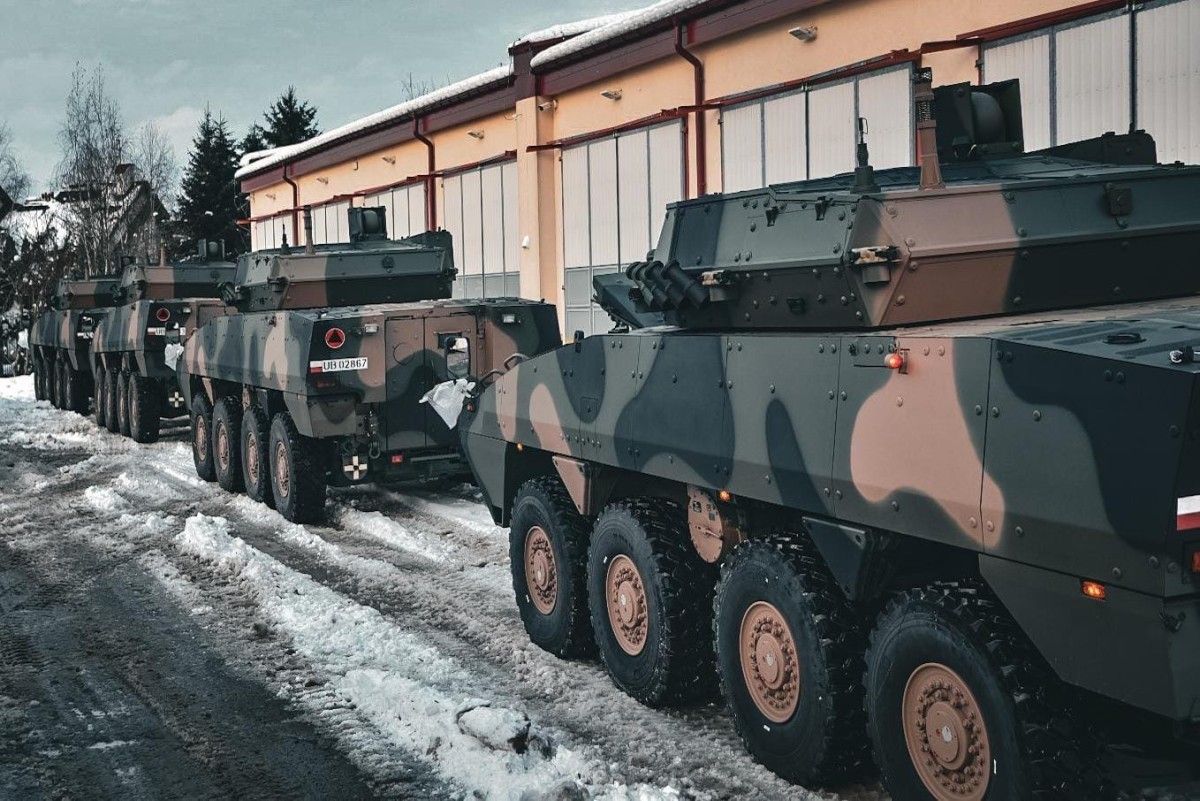
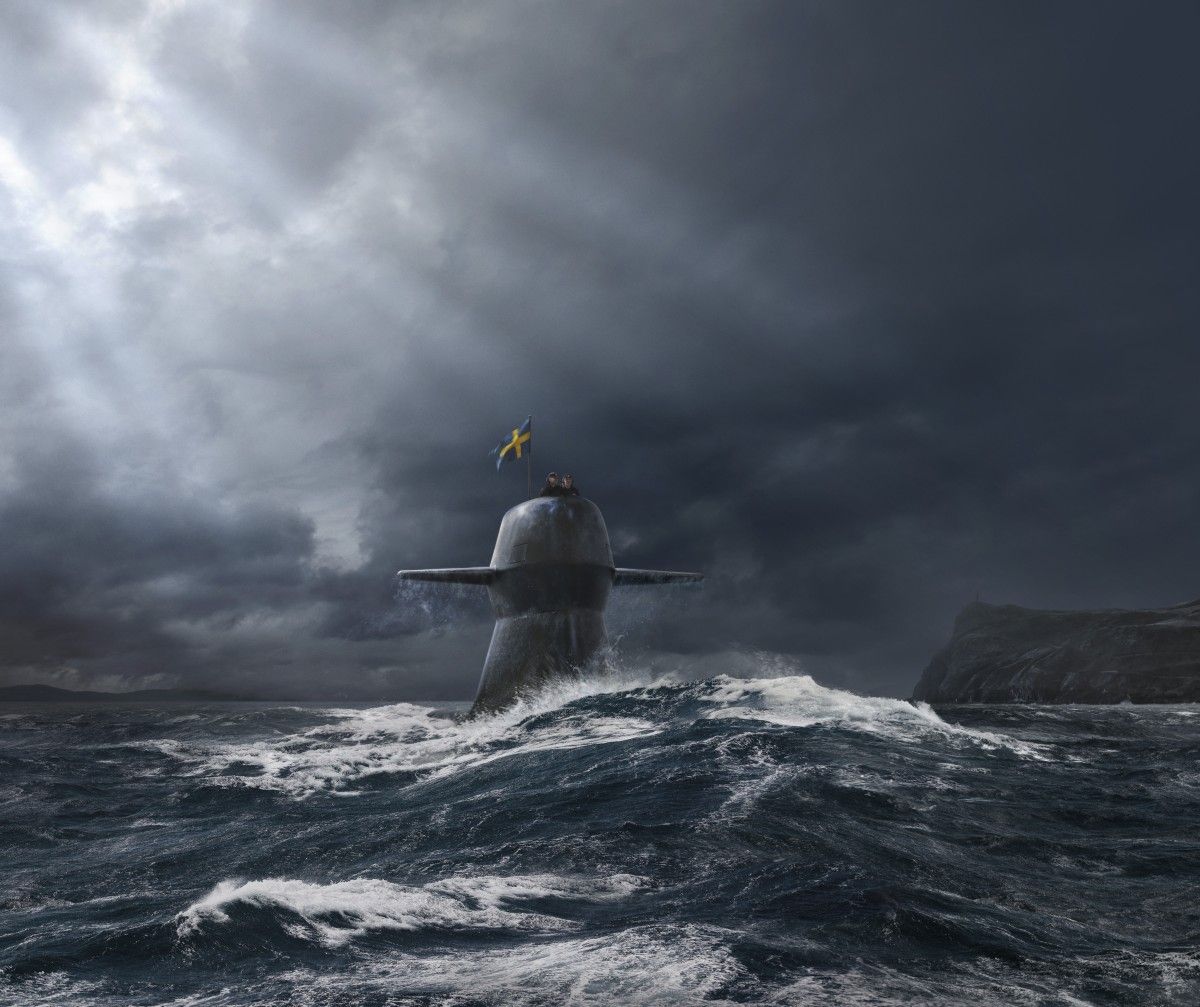
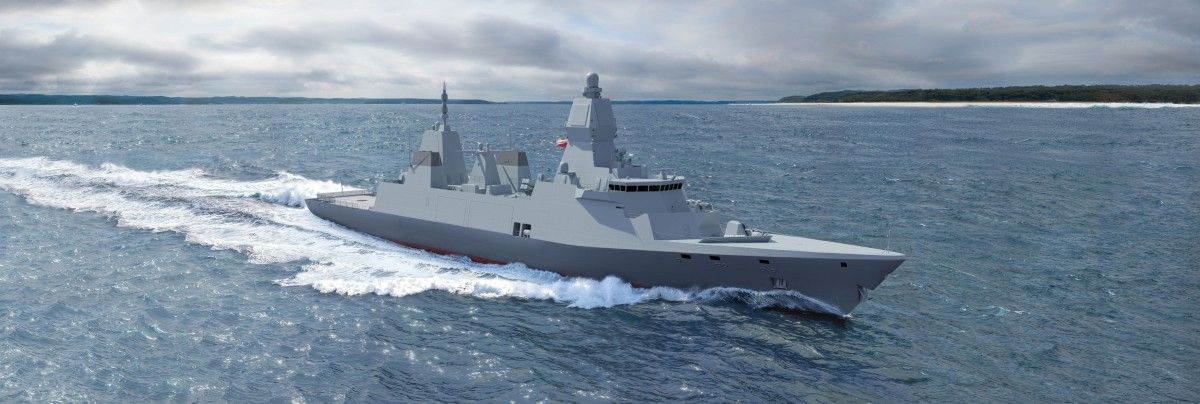
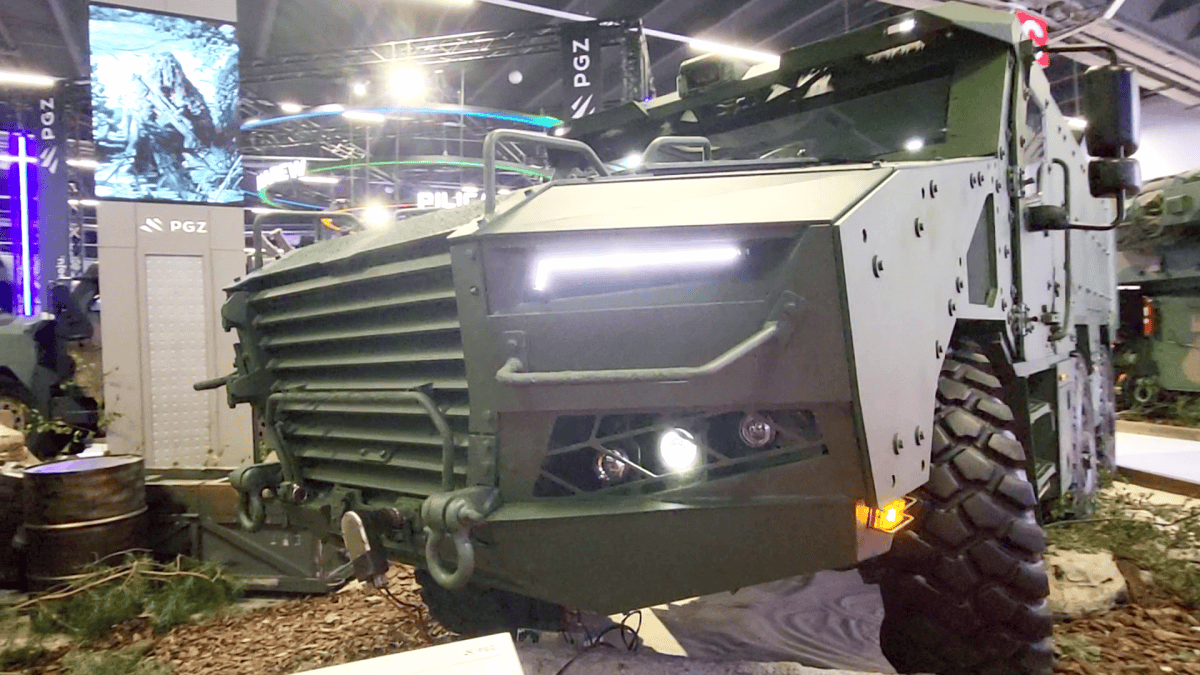
![Gwóźdź do trumny europejskiego czołgu przyszłości? [OPINIA]](https://cdn.defence24.pl/2024/06/12/1200xpx/4eAzsRkJPzOVPFnn1UNpEwHDQPIV1sitzw0ESill.1nmm.jpg)
